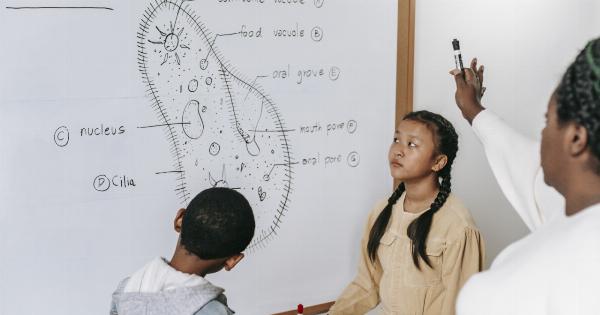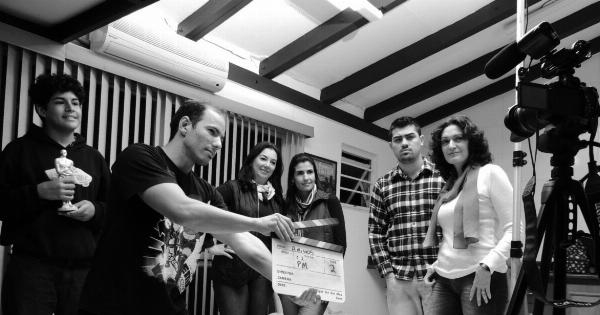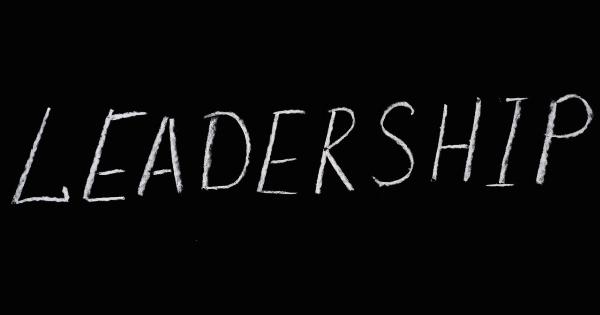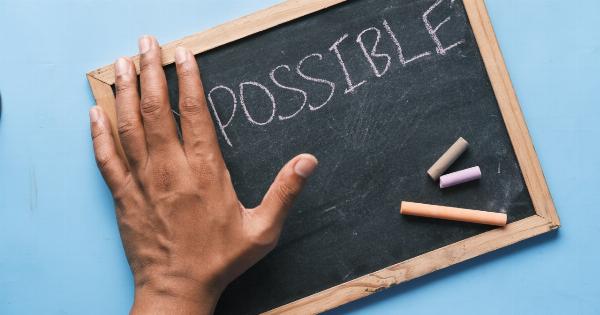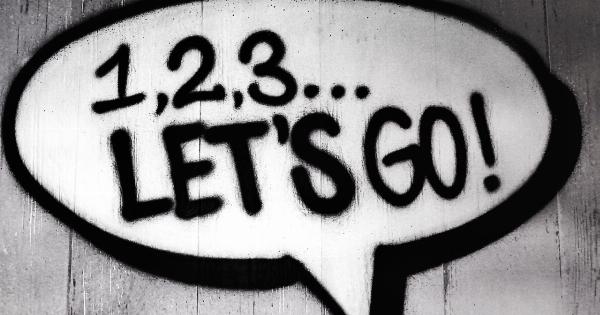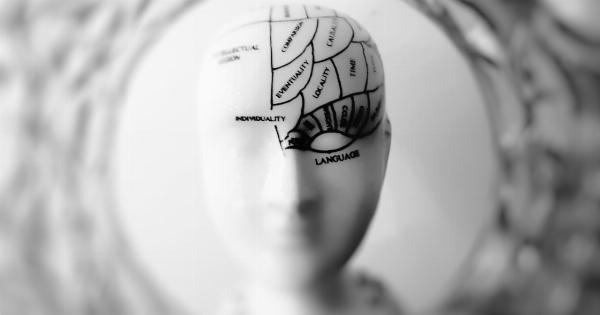Our brain is a complex organ that is responsible for our thoughts, emotions, and actions. It is constantly processing information and making decisions based on that information.
However, sometimes our decisions may not be as rational or beneficial as we would like them to be. This is where the concept of “hacking” our brain for better decisions comes into play. By understanding how our brain works and utilizing certain techniques, we can optimize our decision-making process and achieve better outcomes.
Understanding the Brain’s Decision-Making Process
Before we can effectively hack our brain for better decisions, it is important to understand how the brain makes decisions in the first place.
The decision-making process involves several interconnected regions of the brain, including the prefrontal cortex, amygdala, and hippocampus.
The prefrontal cortex is responsible for rational thinking and logical reasoning. It helps us weigh the pros and cons, analyze different options, and make informed decisions.
On the other hand, the amygdala plays a role in our emotional responses and instincts. It guides our gut feelings and can sometimes lead to impulsive decision-making. The hippocampus is responsible for memory formation and retrieval, which can influence the decisions we make based on past experiences.
The Role of Cognitive Biases
One of the main obstacles to making better decisions is cognitive biases. These biases are inherent to our brain’s functioning and can often lead to irrational and suboptimal choices.
Recognizing and overcoming these biases is crucial for hacking our brain for better decisions.
Some common cognitive biases include confirmation bias, where we seek information that confirms our preexisting beliefs, and availability bias, where we rely heavily on readily available information rather than considering all relevant data.
Other biases include the anchoring effect, the halo effect, and the sunk cost fallacy, among many others.
Techniques for Hacking Your Brain
1. Mindfulness and Meditation
Mindfulness and meditation practices can help train our brain to be more present and focused. By practicing mindfulness, we can become aware of our thoughts, emotions, and biases in the decision-making process.
This awareness allows us to pause, reflect, and make more deliberate and rational decisions.
2. Delayed Gratification
The ability to delay gratification is an essential skill for making better decisions. By resisting immediate impulses and considering the long-term consequences, we can make decisions that align with our goals and values.
This can be achieved through techniques such as setting priorities, creating action plans, and visualizing the future benefits.
3. Seeking Diverse Perspectives
When making decisions, it is important to seek diverse perspectives and input from others. This helps to mitigate the effects of biases and ensures a more well-rounded decision-making process.
Actively seeking out different viewpoints and encouraging constructive debates can lead to better-informed decisions with fewer blind spots.
4. Breaking Down Complex Decisions
Complex decisions can be overwhelming and lead to decision paralysis. To overcome this, breaking down complex decisions into smaller, manageable tasks or steps can be helpful.
By focusing on one aspect at a time, we can simplify the decision-making process and make more efficient choices.
5. Rationalizing Emotions
Emotions play a significant role in decision-making, but they can also cloud our judgment and lead to irrational choices. By acknowledging and understanding our emotions, we can rationalize them and separate them from the decision-making process.
This allows us to make decisions based on logical reasoning rather than solely relying on our emotional responses.
6. Utilizing Visualization Techniques
Visualization techniques can be used to enhance the decision-making process. By visualizing the potential outcomes of different choices, we can gain insights into their potential consequences.
This process helps us better evaluate the risks and benefits associated with each option and make decisions that align with our goals and values.
7. Learning from Mistakes
Mistakes are inevitable in the decision-making process. Instead of dwelling on them or feeling discouraged, it is important to view mistakes as opportunities for growth and learning.
Reflecting on past decisions and analyzing the factors that led to undesirable outcomes can help us make better decisions in the future.
8. Aiming for Consistency
Aiming for consistency in decision-making can help us overcome biases and make more optimal choices. By developing a set of personal values and principles to guide our decisions, we can ensure that our choices align with our long-term goals and values.
Consistency also helps in creating habits that support effective decision-making.
9. Being Open to Change
Being open to change is crucial for hacking our brain for better decisions. Accepting new information, evolving perspectives, and adapting our decisions accordingly allows us to stay flexible and open-minded.
This willingness to change can improve the quality of our decisions and lead to better outcomes.
10. Continued Learning and Self-Reflection
The journey of hacking our brain for better decisions is an ongoing process. Continued learning, self-reflection, and self-improvement are essential for honing our decision-making skills.
Actively seeking out new knowledge, attending workshops or courses, and regularly reflecting on our decision-making patterns can lead to constant growth and improvement.
Conclusion
Hacking our brain for better decisions requires a combination of understanding how our brain works, recognizing and overcoming cognitive biases, and utilizing specific techniques.
By incorporating mindfulness, delayed gratification, seeking diverse perspectives, breaking down complex decisions, rationalizing emotions, utilizing visualization techniques, learning from mistakes, aiming for consistency, being open to change, and engaging in continued learning and self-reflection, we can optimize our decision-making process and achieve better outcomes.













